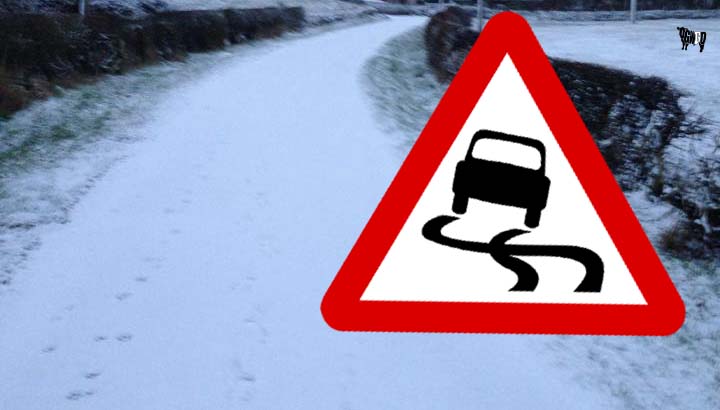Police Scotland is offering advice to all forms of road user as the long dark nights approach.
The clocks went back last weekend and the start of the official British winter time usually sees more road traffic collisions on Dumfries and Galloway’s roads.
Police are encouraging motorists to make sure that their vehicles are kept in a roadworthy condition. In the longer nights or misty mornings motorists are more reliant on their lights. All lights should be clean, working properly and drivers should check them once a week to make sure they work and that the lens is clear.
Wet or damp weather means increased use of wiper blades. Wiper blades should be in good condition and the windscreen reservoir frequently topped up. Drivers should remember that it is an offence if the window washers are inoperative or the windscreen reservoir is empty.
Tyre condition and pressures are also very important. The minimum tread depth must be 1.6mm across the central three quarters of the tyre. The minimum penalty is a £100 fine and three penalty points per illegal tyre and this can be increased to a maximum fine of £2500. This is due to the level of importance tyres play on vehicle control and any subsequent road safety. A driver needs to be in full control at all times and their tyres must be in excellent condition to do this, especially in winter conditions.
Motorists should pay special attention to ensure that the spare wheel is also legal and at the correct pressure. Special care should be taken to check the wear on the inside of all tyres. Incorrect alignment and wrong pressures can cause excessive wear.
Cyclists should check that their brakes are working properly, that their tyres are in good condition and at the correct pressures.
If you are cycling during the hours of darkness or even in poor visibility, a white light should be shown to the front and a red light shown to the rear of the bike. Reflectors must be clean and in good condition.
Pedestrians should focus on being safe and being seen. Remember that visibility is often greatly reduced during dark winter days. Aim to wear light coloured clothing or if you can light coloured reflective arm bands to help other road users see you.
Find safe places to cross the road, never cross between parked vehicles or at a road bend. If you are going to or from school try use the school crossing officer. Remember, it takes vehicles longer to stop in the wet and even longer in ice and snow. Carrying a torch means other road users will see you easier.
Inspector Neil Hewitson from the Roads Policing Unit said: “At this time of year there are more road collisions and incidents on our roads.”
“The longer nights and the poorer weather mean more responsibility falls on all of us. We need to be aware of our surroundings and plan ahead before we set off on our journey, whether it be walking, riding or driving.
“Some may consider it commonsense but all drivers should not leave for their destination until every window is clear of frost, snow, or condensation. Blocked windows are extremely dangerous and illegal. Make sure you can see out of every window, running late is simply not an excuse.
“I would suggest that all drivers be extra careful when driving in adverse weather conditions, particularly when approaching schools or during the rush hours at the start and the end of the school day.
“A cycle helmet is strongly recommended to all cyclists. Please ensure that it fits correctly and is fastened. Fluorescent and reflective clothing should be used in light and dark respectively. Listening to MP3 player is a dangerous distraction and may prevent you from hearing nearby traffic. A hooded top while cycling can reduce visibility and hearing.”
“All pedestrians should use the green cross code and never cross the road unless you are sure it is safe to do so.”






